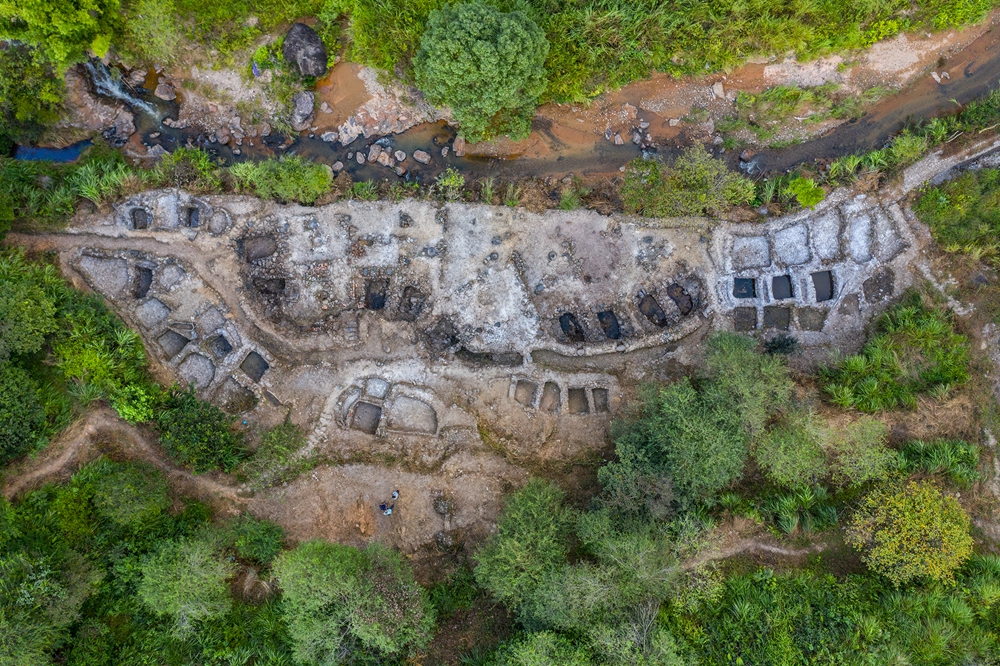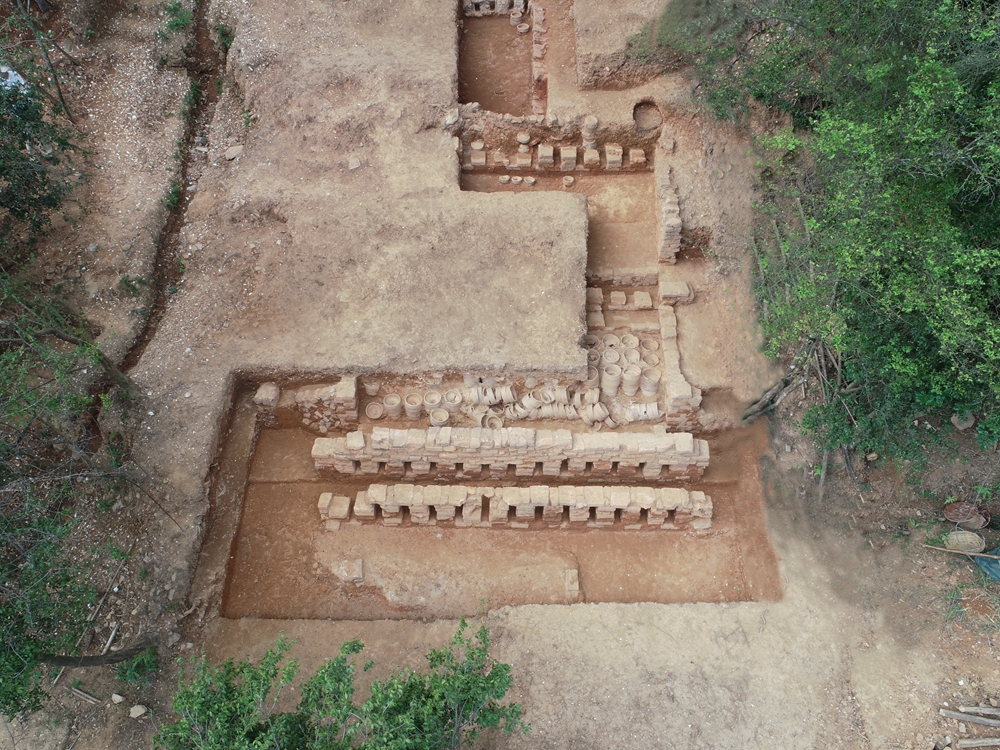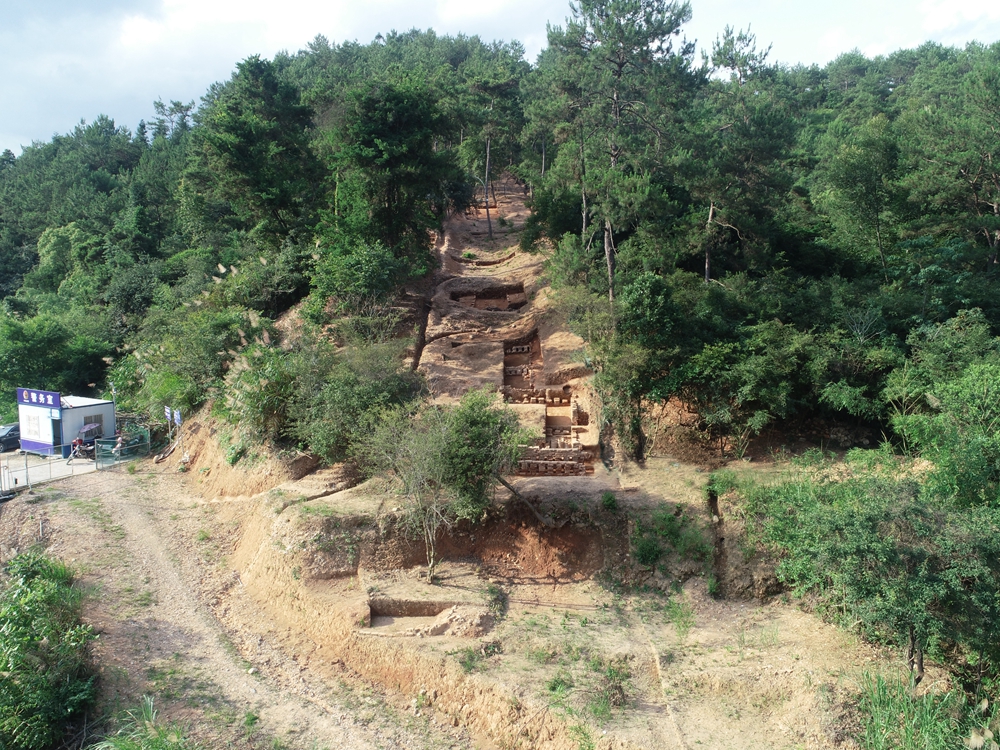Sites of Dehua Kilns (Weilin-Neiban Kilns and Qudougong Kiln)
2021-07-19 16:14:17



The Sites of Dehua Kilns (Weilin-Neiban Kilns and Qudougong Kiln) are an outstanding representative of kiln sites in Quanzhou’s hinterland area that produced porcelain wares for export in the Song-Yuan era. Their rise benefited from the flourishing maritime trade in Quanzhou during that period. Over the course of development, unique porcelain products began to be produced here, showing the innovation and development of the local porcelain industry in Quanzhou driven by marine trade. Dehua Kilns are located in Dehua County, about 70 kilometers northwest of Quanzhou City. Dehua Kilns began production in the late Tang Dynasty. The kilns then underwent major development in the Song-Yuan era against a backdrop of maritime trade development, and kiln sites were built all over the county. Of these, the kiln sites around Dehua County were the most densely distributed, with a survey finding 29 kilns dating to the Song-Yuan era (10th-14th centuries). Porcelain produced in this area were transported by land to Yongchun County to the south, and then taken to Quanzhou Port via the East Creek, a tributary of the Jinjiang River. Weilin-Neiban Kiln Sites are located in the northwest of Sanban Town, Dehua County. The kiln sites are located on the northern and southern banks of the Shangliao Creek, spanning an area of around 12,200 square meters. Archaeological excavations have yielded seven kilns, some workshops, potsherd piles and other kiln industry relics. Qudougong Kiln is located on the southern slope of Pozhai Hill in Baomei Village in Dehua County’s Xunzhong Town. In 1976, archaeological excavations revealed the remnants of a kiln from Yuan Dynasty. It is a multi-chambered dragon kiln. This type of kiln represents the transition process from dragon kiln to step kiln, and is a reflection of the advancing progress of kiln technology in the Song-Yuan era. The products of Dehua Kilns in the Song-Yuan era were predominantly green-white porcelain and white porcelain. The porcelain wares mainly took the form of daily utensils, such as bowls, plates, washing basins, kettles, kendi and bottles. During the production process, it was popular to carve, engrave or use relief stamping techniques to decorate the items. Such products as stemmed cups, powder boxes, kendi, kettles, vases and bowls from Dehua Kilns have been unearthed in many regions, including East Asia, Southeast Asia, South Asia, West Asia and East Africa. A large quantity has also been found in sunken shipwrecks in the South China Sea and around Huaguang Reef, as well as in shipwrecks in the waters around Java in Indonesia and around Tanjung Simpang and Jepara in Malaysia, proving that the porcelain wares from Dehua Kilns were key export products for maritime trade. The Sites of Dehua Kilns were included into the third group of major cultural heritage sites protected at the national level by the State Council in January, 1988.